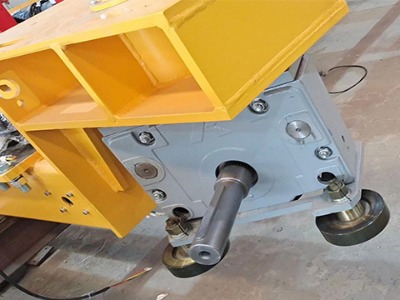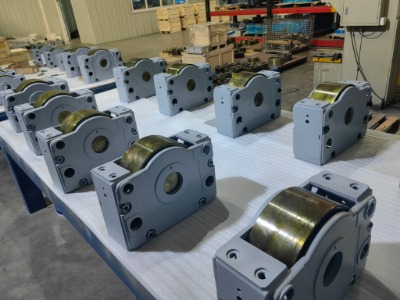Industrial Process of DRS Wheel Block System
The DRS wheel block system is a critical component in crane and material handling equipment, recognized for its compact design, high load capacity, and modular structure. The manufacturing process consists of several meticulously controlled stages to ensure performance, durability, and reliability.
Manufacturing Process of DRS Wheel Block System
Design & Engineering
Requirements Analysis: Technical specifications—such as wheel load, travel speed, and operating environment—are gathered to define performance criteria.
3D Modeling: Engineers utilize CAD software (e.g., SolidWorks, AutoCAD) to develop detailed models of the wheel block assembly, including housing, wheels, shafts, and bearings.
Finite Element Analysis (FEA): Simulations are conducted to assess structural behavior and validate integrity under various load conditions.
Material Selection & Procurement
Housing: Manufactured from high-strength cast iron or steel to ensure durability and structural support.
Wheels: Fabricated from hardened steel or spheroidal graphite iron, with surface hardening applied to enhance wear resistance.
Bearings and Axles: Sourced from certified suppliers and constructed from high-grade alloy steel for optimal performance.
Seals and Fasteners: Premium sealing systems are selected to safeguard internal components against contaminants.
Casting and Machining
Housing Production: MAILUN adheres to stringent manufacturing protocols—from mold design and casting to heat treatment, machining, and anti-corrosion coating—to ensure dimensional accuracy and material properties.
Wheel Fabrication: Wheels are produced through forging to improve metallurgical stability, followed by heat treatment and precision machining. Custom material options, such as carbon steel and alloy steel, are available to meet specific application needs.
Assembly
Components including the travelling wheel, housing, and bearings are assembled into an integrated module.
Motors and reducers are matched and installed based on operational parameters such as load, speed, and duty cycle.
Comprehensive debugging and operational tests are conducted prior to dispatch.
Quality Control
Dimensional Inspection: Coordinate Measuring Machines (CMMs), micrometers, and custom gauges are used to verify critical tolerances.
Load Testing: Simulated load tests validate performance under real-world conditions.
Nondestructive Testing (NDT): Techniques including ultrasonic, magnetic particle, and dye penetrant inspection are employed to detect surface or internal defects.
Painting and Surface Protection
Surfaces are prepared via shot blasting or chemical cleaning to ensure coating adhesion.
Anti-corrosion primers and industry-standard topcoats (e.g., RAL colors) are applied for long-term environmental protection.
Packaging and Delivery
Each unit undergoes final inspection and is accompanied by a certification of conformity.
Products are packaged according to customer requirements to ensure safe transportation.
MAILUN offers end-to-end professional support, including pre-sales consultation and after-sales service, to meet diverse customer needs. For inquiries, please feel free to contact us at any time.




